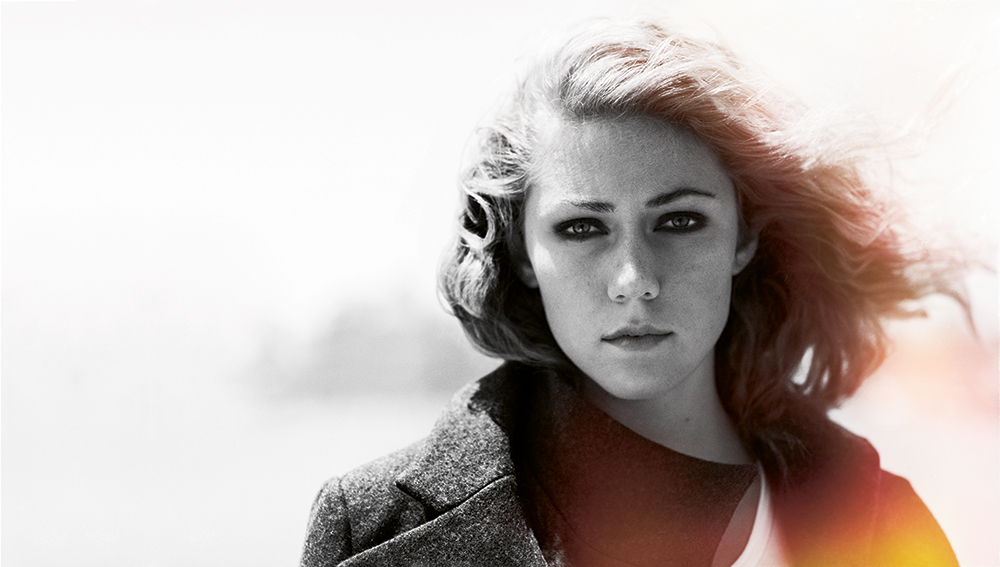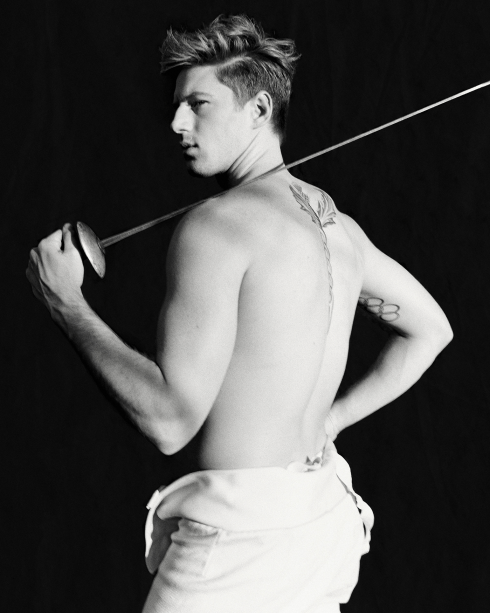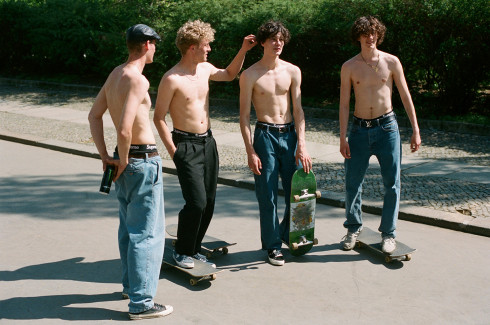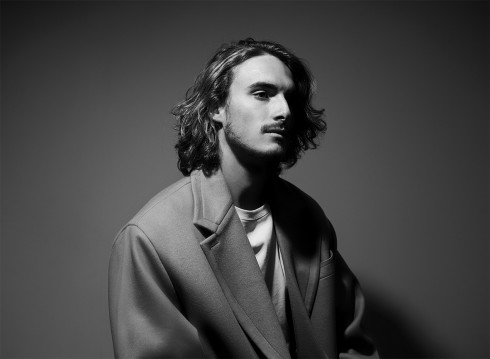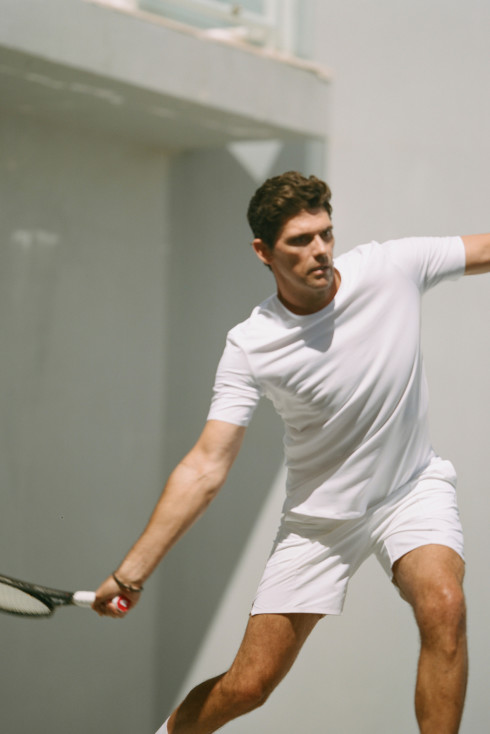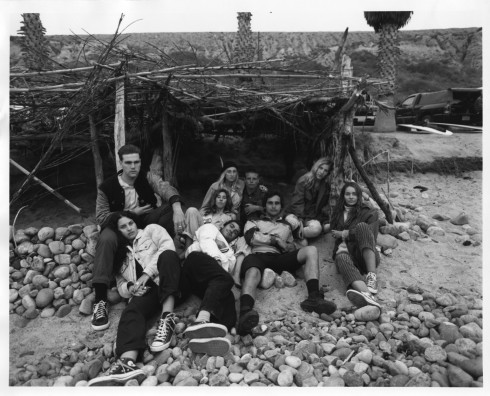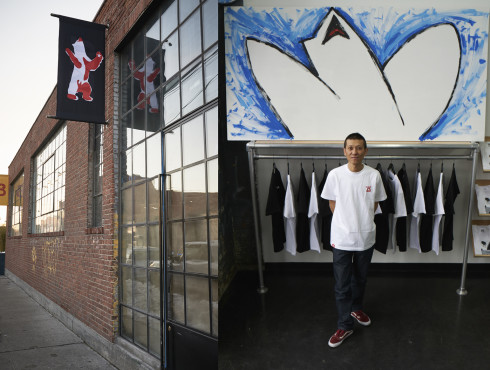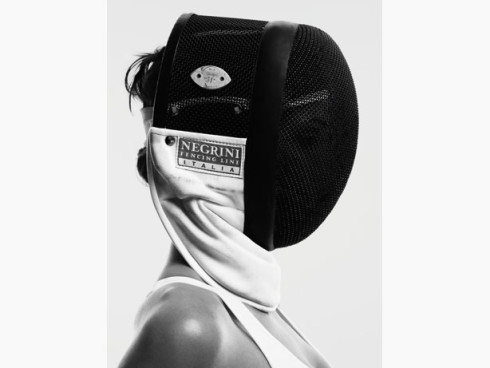- By
- Brady Donnelly
- Photography by
- Annelise Phillips
MIKAELA SHIFFRIN
Young prodigies, whatever their trade, require a wide variety of handlers. Chaos, early adulthood, and extremely high stakes have a tendency to trigger a quick and fiery unraveling, one that often burns brightly and briefly before the public turns a blind eye. Mikaela Shiffrin will not be one of those prodigies.
The eighteen-year-old American ski racer, cautiously aware of the dangers of a quick ascent, still became, last year, the third-youngest woman to hold a World Championship title in the history of her sport. That victory, in turn, threw the weighty expectations of gold at next year’s XXII Olympic Winter Games in Sochi upon her. Even then, she’ll still be a teenager, albeit one for whom pressure has long been a byproduct of calculated success.
What Shiffrin has undoubtedly learned, despite the brevity of her career, is that fans of athletes project their own brand of expectations: those that are pure, measurable, and incontestable. Ski racing, a sport for individuals, is scaled to the millisecond—her global reputation rises and falls in mere blinks. And while she maintains a relatively low profile in North America, with the continent’s largely flat landscape and love for football, Shiffrin is slowly becoming the autograph signing, de facto face of American sport across much of Europe—and has been labeled, in the process, the next Lindsey Vonn.
Shiffrin, who was raised in Colorado, doesn’t really care about this comparison, insofar as it’s coupled with a new set of expectations. In fact, she’s never really cared about any expectations at all—not of results, not of schedules, and particularly not of training. But while this may reek of youthful rebellion—à la Bode Miller, the American whose Olympic success was overshadowed by his ego—Shiffrin is actually a rigid and reliable fundamentalist. Her methodology is self-styled and self-imposed, placing a premium upon training over racing, mastery over multi-disciplinarianism, and consistency over flair. She’s long been considered her own rare, patient breed, averse to the trappings of success, and, in that, one respected by her coaches and opponents alike.
“I’ve heard all the horror stories of the other athletes who come up to World Cup at a young age,” Shiffrin says. “I’m still trying to get a lot more training in and race only the big ones that are really necessary. Since I’m still young, I’m always telling my coaches I need the training, and we’re on the same page with that. I think it’s a different approach than they’ve ever seen.” In person, Shiffrin exudes level-headedness and self-sufficiency, but youthful humility hasn’t escaped her—her rise was meteoric, and her reaction to it continues to lag behind her results. “I didn’t know what was really involved with being a world champion or holding a World Cup slalom title, but I just always wanted it,” she says. “I never would have imagined two years ago that I’d be here.”
Two years ago, Shiffrin was only sixteen, and she had entered the World Cup, ski racing’s most competitive circuit, one year earlier. While a competitor at Shiffrin’s level would have generally competed regularly in all four disciplines—slalom, giant slalom, super-G, and downhill, in increasing order of speed—she chose to compete only in slalom and giant slalom. In doing so, she raced half as often and trained twice as much. While her competition traveled the globe—exhausted, worn, at high risk—she held her commitment to the basics, just as she did at Burke Mountain Academy, her high school. “I would take almost a month each winter where I didn’t need to race. I would just train, free ski, and do drills,” she says of that time. “We’d go to Mount Hood during the summer for ten days, and it was just a free-skiing drills camp. We would spend five hours on the hill doing drills. We’d take an hour on the hill for one run instead of just thirty seconds.”
“Once you’re FIS legal,”—fifteen years old, as set by ski racing’s governing body—“they basically just put you right in it. Most kids are racing twenty-five to fifty races, and it’s a lot during the season, and I’ve never gone over twenty-seven races.” By fourteen, her methodology was already beginning to pay off significantly. That year, she won the Eastern United States junior ski championships by over ten seconds, in a race in which a one- to two-second victory would have been noteworthy. She then went global with a victory at the Trofeo Topolino—the highest accolade for her age group. “That was when it really started to click,” she says, “when I really started to find the rhythm and I was able to use my skis really well as tools.” The succession was quick thereafter. She had her first World Cup start at fifteen, and made her first World Cup podium one year later. By seventeen, she was the first American to win two World Cup races before turning eighteen, and by eighteen, she became the first non-European to win four World Cup slalom races in a single season, and the first American slalom World Cup champion since 1983.
Refreshingly, Shiffrin’s natural ability contends with her fixation on form and consistency, and she’s been described as ski racing’s Mozart—a skier who introduces rhythm to a sport of unpredictable natural elements. “When I’m racing or training, skiing a slalom course, I feel like it’s a song or a beat. I like that tempo,” she explains. Naturally, slalom has been her high point, as its tighter setting lends itself to steady legwork, while giant slalom, super-G, and downhill faster events, with wider turns and higher speeds—require a different kind of patience. “That’s what I’m trying to figure out in GS, because I don’t really have that timing or that beat. Speed is almost easier than GS because it’s not in-between—slalom is short, speed is long, and it’s not as hard to find that tempo.”
This slow adoption rate could lead to criticism of Shiffrin’s dual focus, as a sport-wide sweep requires solid placement in all four disciplines. “I want to. I’m really interested in doing speed races. I’ve trained it a bit and I love it. It’s obviously higher speeds, a lot riskier,” she says. Other prodigies, like Switzerland’s Lara Gut, have emerged at Shiffrin’s age and quickly fallen. “She just overtrained or over-raced,” Shiffrin explains, simply. “And then she got injured, and it’s taken her a while to get back.” Of herself, Shiffrin says, “It’s really about still working on my technique and making sure I have my technique dialed in, because once I get it perfect—you can’t really have perfect, though—it’s then a safer way of skiing, and it’s technically faster. Then I’ll move into the speed races and not be surprised if I hit a bump or something. I’ll know how to handle it.”
For now, she says, “Most of the focus that everybody else is talking about, especially the US media, is the Olympics.” Olympic ski racing, and, in turn, Shiffrin, holds a unique place in the eyes of American viewers. The Olympics are, to many racers, another day on the mountain with the same competitors and the same intended results; to the public, it’s often the only point of exposure. Its purpose is almost advertorial. “Most of the media who are interested in Europe, they know what’s happening. Skiing is to Austria, Germany, or Switzerland what football is to the US,” Shiffrin says, laughing. “If somebody understands skiing here, they’re like, ‘I don’t really know that much about it, but I’ve seen it in the Olympics.’ That’s what the Olympics does for all sports, not just skiing. It at least gets the name of skiing out there.” When the day comes, Shiffrin will be joined at the peak by the women with whom she will have contended all season, including her teammates Vonn and Julia Mancuso, each of whom took their own discipline titles last season.
Save the weather, the conditions, and the course, that day will be like any other, Shiffrin says. “I try to tell people that we’re not just training for every four years, just for that two or three races. We’re training every summer, and we have a prep period, so we can have the World Cup season, and it was twenty races for me last year,” she says, adding, “Right now, I’m almost not thinking as much about the Olympics as I am thinking about the GS title,” which evaded her last season. “If I’m looking for consistency—consistently winning or getting podiums throughout the season—then the Olympics shouldn’t be any different. Instead of focusing on that one race, where it’s a make-or-break moment, it’ll just be part of the routine.”
Even at the Standard, High Line, in New York, an unfamiliar environment far from the mountains of New Zealand where she traveled to train after we met, Shiffrin speaks of the Olympics at ease, her level-headedness not an egotistical front. Instead, she’s simply carrying forward moment-by-moment. “Always waking up and being like, How can I be my best today?—that got me to this point. It’s allowing me to just take it as it is and not try to prepare for the future any more than getting my work in now. And then I also have these goals and dreams for the future, so I’m not totally unaware of what’s about to happen,” she says. “Skiing is the path I’ve chosen.”
Styling by Akari Endo-Gaut at Frank Reps. Makeup by Colleen Runne. Hair by Charlie Taylor at Bridge Artists. Photographer’s assistant: Shinobu. Digital operator: Brendan Stumpf. Photographed on location at The Standard, High Line, New York.
Brady Donnelly is the assistant editor of The Last Magazine, as well as the director of product at Casserole Labs.
- By
- Brady Donnelly
- Photography by
- Annelise Phillips
